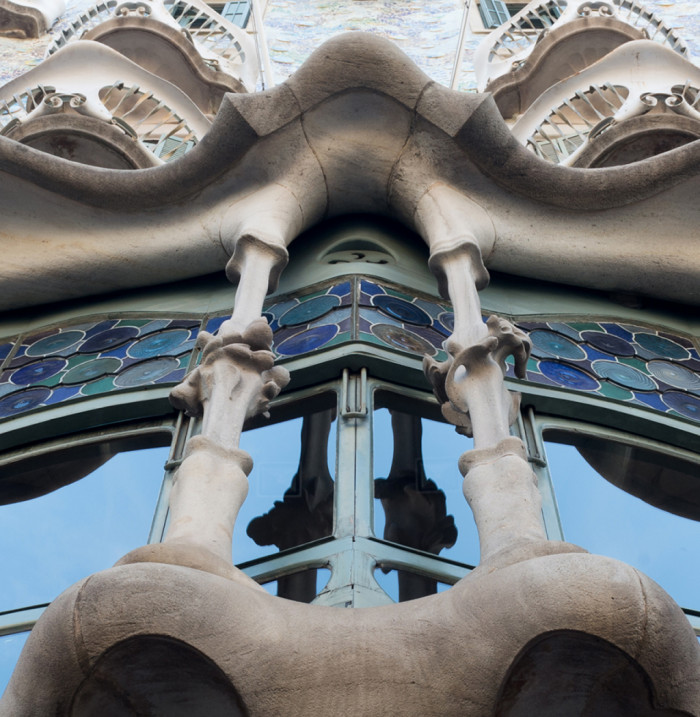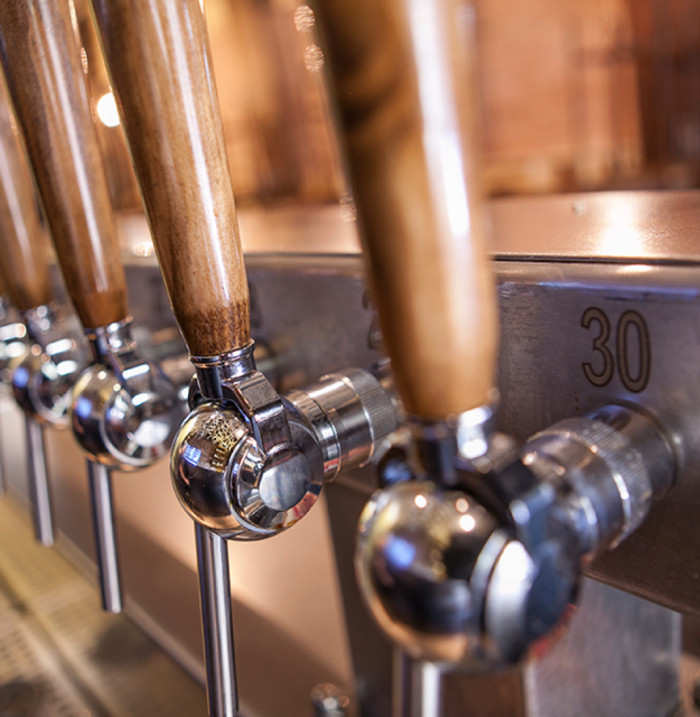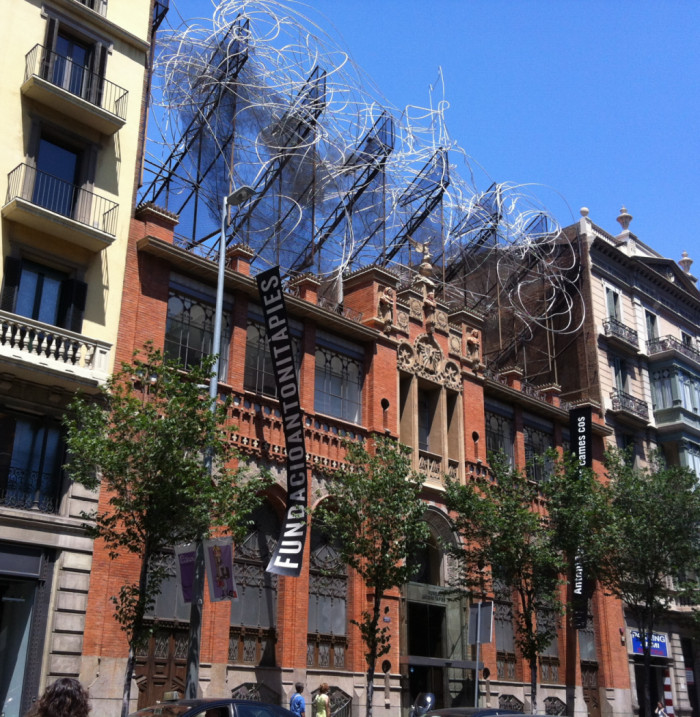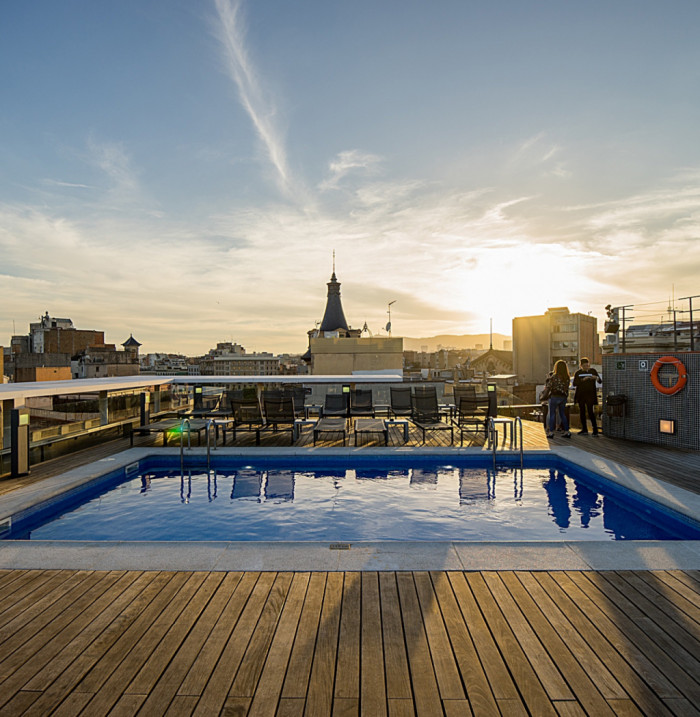- Culture
- Architecture
Widely hailed as Gaudí’s masterpiece, this unfinished basilica is one of Barcelona’s most popular sites. Its completion is presently slated for 2030.
The Expiatory Temple of the Holy Family, better known as the Sagrada Familia, is without a doubt Antoni Gaudí’s finest work, and the most accomplished specimen of Modernist Catalan architecture. Not only is it one of Spain’s most popular tourist attractions, ranking as highly as the Museo del Prado or the Alhambra in Granada, it’s one of Europe’s most visited churches, after the Vatican. But above all these accolades, it’s a lasting cultural highlight and hallmark of the city of Barcelona.
Construction began in 1882, just one year after Antoni Gaudí was assigned to the project. He worked on it for over 40 years, up until his death in 1926. His plans and meticulous studies of the work, centered around the use of innovative geometric shapes inspired by the natural world, form the basis upon which contemporary architects continue its construction to the present day.
Eight of its façade’s 12 bell towers are now complete, in addition to over 100 meters dedicated to the apostles. That leaves the four bell towers of the Façade of Glory, the central 170-meter dome in honor of Jesus, the tower to the Virgin Mary (125 meters), and those dedicated to the four evangelists. The cupolas of the principal nave have already been completed, and work is currently underway mainly in the area of the cross, the transepts, and apse.
Conceived as an expiatory temple, from its first days the project has been financed exclusively by private contributions, and its modern-day continuation has carried on largely thanks to donations received from the work’s avid supporters and admirers.
The temple, recognized for its pioneering design and its great symbolic value, was declared a UNESCO World Heritage Site in 2005.
The Sagrada Familia is open year-round for tours of its interior and crypt, and, weather-permitting, guests may be allowed access to each of the 8 towers thus far completed.
The interior: For general admission to tours of the temple’s interior, use the entrance at the intersection of Calle del Nacimiento and Calle Marina. You’ll be struck by the tall columns and the expansive dimensions of the transept, from which you’ll be able to admire the imposing apse, which also grants access to the crypt, the site of Gaudí’s tomb.
The towers: To date, the Sagrada Familia has 8 completed towers (4 on each façade). Since they are not interconnected, each tower has its own unique entrance. Access to the topmost levels is available by elevator only, and one is installed in each façade. Escalator tickets are not included in the general admission fee, and may be purchased at an additional charge from ticket booths located on site (elevator tickets are scheduled in order to avoid long lines).
The towers publicly accessible, weather permitting, and access is closed wherever public safety is at risk due to strong winds or heavy rains. Children under 6 years old are not permitted to access the towers, and children under 14 must be accompanied by an adult. Individuals with reduced mobility or those who use a wheelchair may not visit the towers.
In order to avoid last-minute surprises, we recommend that you buy your tickets in advance. That way, you can visit on the day and time of your choosing, without standing in line or waiting to purchase your elevator tickets on site.










Fuimos a Barcelona para ver esta iglesia, y definitivamente valió la pena, es un sitio imponente, lleno de sorpresas arquitectónicas, con vitrales monumentales y una mezcla muy rica de formas, texturas y colores dignos de apreciar y disfrutar.
La visita toma unas 3 horas, trate de repasar un par de veces el recorrido, en cada oportunidad se ven nuevas cosas.
Disfruten la Visita y recuérdenla toda una vida.
Uno de los sitios más concurridos de la ciudad de Barcelona. Tuvimos la suerte que nos avisaron sobre la compra anticipada de entradas ya que las filas eran muy largas a primera hora de la mañana para visitar la Sagrada Familia. Una basílica preciosa se mire por donde se mire.